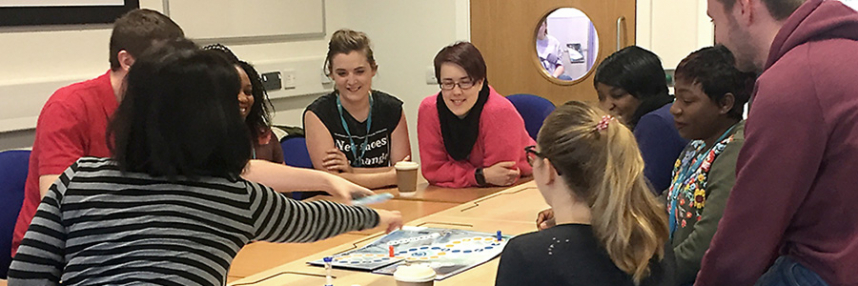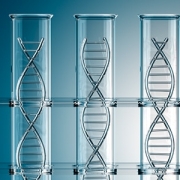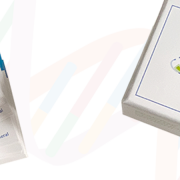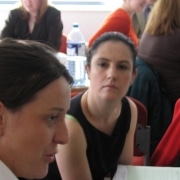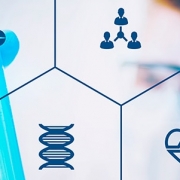Genomics Game quiz: results revealed!
Did you join our genomics quiz on Twitter? It’s time to find out all the correct answers and the lucky winner of our Genomics Game
As part of #GenomicsConversation week, we held our second annual genomics quiz on Twitter featuring questions from our popular Genomics Game.
Anyone was welcome to play, but we had a special prize for the NHS professional with the best score: a copy of our fun and educational board game.
Here are all the answers, and the name of the lucky winner!
Quiz questions
Question 1. True or false? Only humans have a genome.
A1. False. Every living organism contains a genome, from plants to human beings and even bacteria.
Question 2. True or false? Some people have a perfect genome.
A2. It’s false. There’s no such thing as a perfect genome. We all have variations in our genomes, but not all variation is bad. Most variations are linked to things like curly hair and blue eyes and not diseases. Variation is what makes each of us unique.
Question 3. Thanks to advances in technology, we can now ‘read’ an entire human genome – all 3 billion letters. True or false – now that we’ve ‘read’ the entire human genome, we know everything about it.
A3. It’s false, we don’t know everything about the human genome. Our genomes are huge, very complex and each genome is different, so we don’t understand everything about them. But we’re learning more all the time.
Question 4. Approximately how much of your genome contains the instructions to produce proteins – essential components for our body’s health? A: 2% B: 32% C: 82%
A4. A is the right answer. Less than 2% of the DNA in your genome contains the instructions to produce proteins. The rest of the DNA used to be called ‘junk DNA’ but there’s now evidence that this can be just as important.
Question 5. Variations in our genome can affect our health. True or false – the size of the variation is directly linked to the level of impact it has on health.
A5. It’s false. Genetic variations can be just a single letter in a gene or very large structural changes to the genome. The size of a variation is not linked to its potential effects or impact on health.
Question 6. In a clinical context, what is a family history? A: A doctor’s photo album. B: Record of a family’s hospital visits. C: Health information of an individual and their closest relatives.
A6. C is correct. It documents an individual and their close relatives’ health information. A family history is usually presented in a pictorial diagram known as a genetic family tree, or pedigree.
Question 7. When diagnosing a patient, which of these could be a clinical clue to an underlying genetic cause? A: An unusual presentation. B: A condition known to run in families. C. Young person with a condition associated with later life. D: All of the above.
A7. All of the above. Many signs or symptoms are referred to as ‘clinical clues’ or ‘red flags’ that can indicate an underlying genetic cause.
Question 8. True or False? When trying to identify and control an outbreak of an infectious disease, we sequence the genomes of the people affected.
A8. It’s false. In fact, we are interested in the genomes of the infective organism, not the human host. Bacteria have a genome too, and by studying them we can discover where an outbreak started and even the correct antibiotic to use against them. A Salmonella outbreak in a UK hospital was traced to an egg producer in Germany by using genome sequencing.
The winner
We were delighted to see so many knowledgeable participants of the quiz this year. All scored highly, and several of you achieved 100%. A very well done to all.
We can reveal the winner of the Genomics Game is… Tracy @Traybelin! Congratulations Tracy – we hope you enjoy the game.
If you would like to know more about the Genomics Game and our other educational opportunities, take a look at our resources and courses pages.


